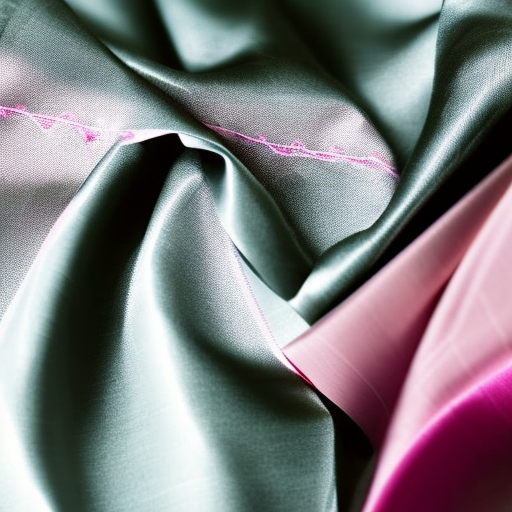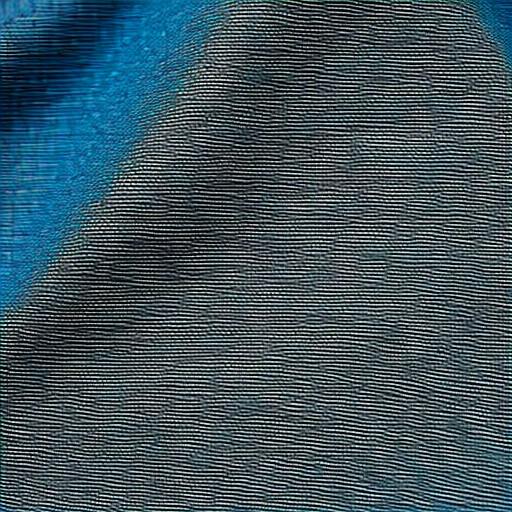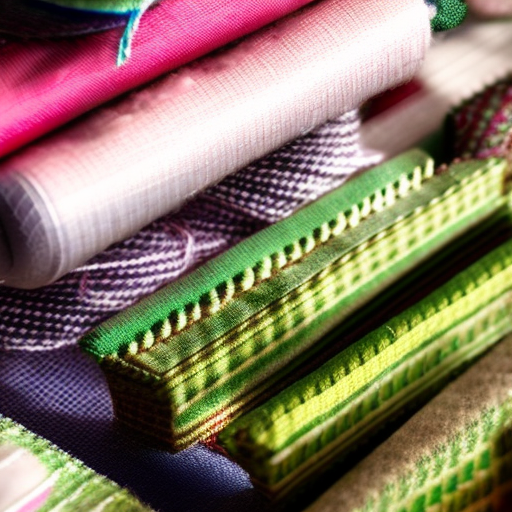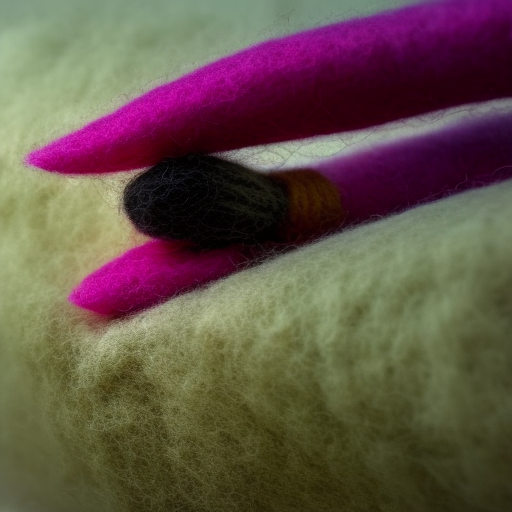
Introduction
Silky fabrics are luxurious and elegant, adding a touch of sophistication to any garment. However, sewing with such delicate materials requires finesse and attention to detail. In this article, we will explore some essential tips and techniques to help you successfully sew silky fabrics like a pro.
Preparation
When working with silky fabrics, proper preparation is key to achieving beautiful results. Here’s what you need to do:
- Pre-wash the fabric to eliminate shrinkage and remove any chemicals.
- Use a sharp pair of scissors or a rotary cutter to cut the fabric, ensuring clean edges.
- Consider using a rotary cutter with a brand new, sharp blade to minimize fraying.
- If the fabric is particularly slippery, stabilize it by placing tissue paper between the layers or by using wash-away stabilizer.
Selecting the Right Needle and Thread
Choosing the correct needle and thread is crucial for sewing silky fabrics smoothly and avoiding snags or imperfections. Follow these guidelines:
- Use a fine, sharp needle like a universal needle or a microtex needle, preferably in size 60/8 or 70/10.
- Opt for polyester or silk thread, as they offer the necessary strength and durability while seamlessly blending with the fabric.
- Consider using a smaller thread spool to minimize tension on the silk threads.
Machine Settings and Techniques
Adjusting your sewing machine settings and using specific techniques can make a significant difference while working with silky fabrics:
- Set your machine to a shorter stitch length to prevent the fabric from puckering.
- Lower the tension slightly to avoid excessive thread pulling or breakage.
- Use a walking foot or a Teflon presser foot to improve the fabric’s grip and prevent slipping.
- Consider placing tissue paper under the fabric during sewing to provide additional stability and support.
- Start sewing with a small piece of scrap fabric or use a fabric marker to create a guideline, ensuring a straight seam.
- Backstitch carefully to secure the seams without causing excessive tension or puckering.
Finishing Touches
To achieve professional-looking results, proper finishing touches are essential:
- Trim the seam allowances with pinking shears, or use a serger to prevent fraying.
- Press the seams carefully using a low heat setting and a pressing cloth to avoid shine or scorching.
- Consider using French seams for a clean and elegant finish inside the garment.
- Finish hems with rolled hems, narrow hems or bias tape for a polished look.
- Test any pressing techniques on fabric scraps before applying them to your finished piece.
Conclusion
With the right tools, techniques, and a little patience, sewing silky fabrics can be a delightful experience. Remember to take your time, practice on scraps, and embrace the finesse required for these luxurious materials. Once you master the art of sewing with silk, you’ll be able to create breathtaking garments that exude elegance and sophistication!





I love sewing with silky fabrics! Great! Sewing silky fabrics can be tricky but also a lot of fun – make sure you use the right needle and thread for the job for the best results!